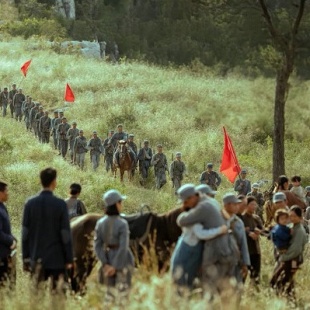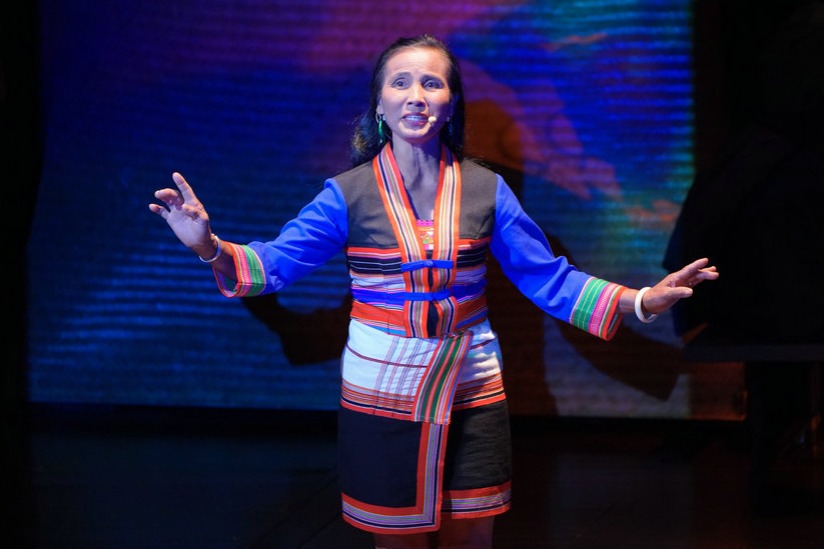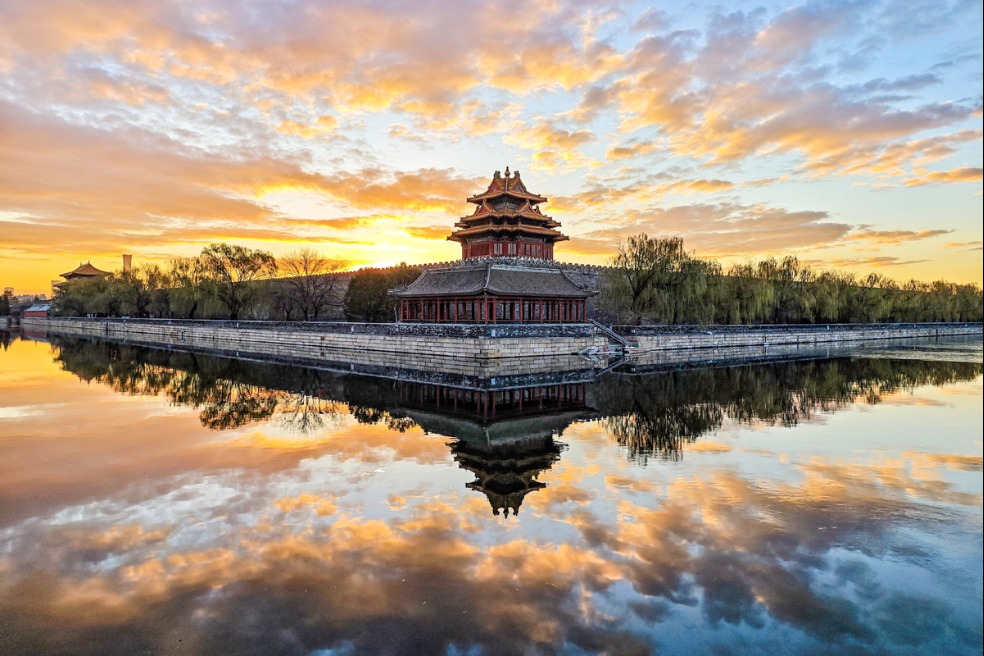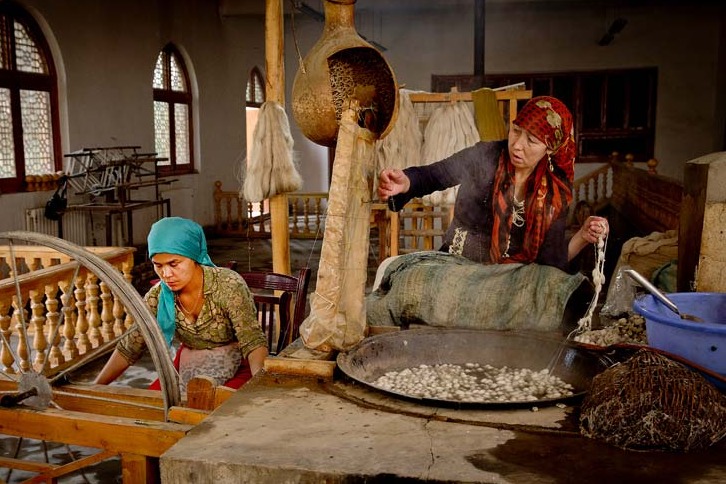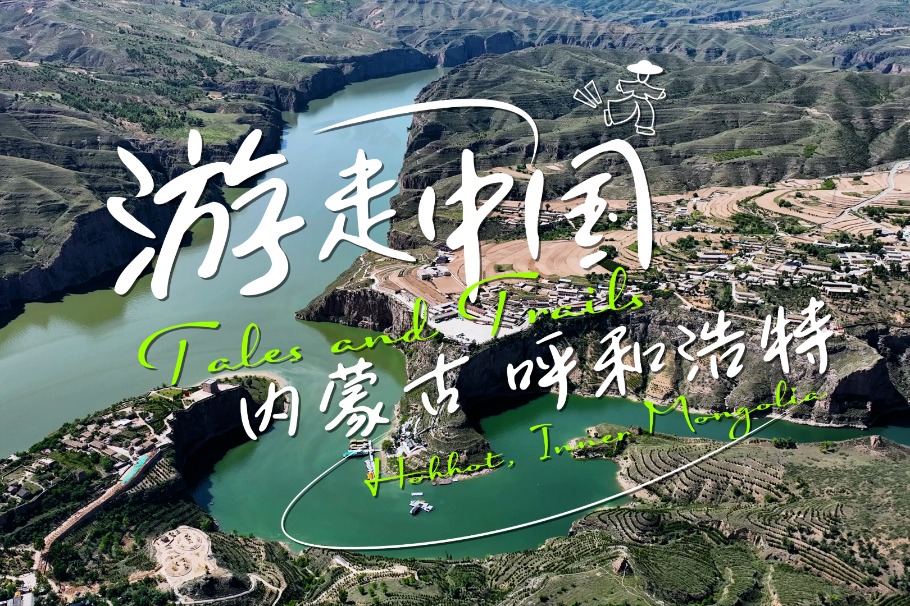TV series revisits war of resistance through a different lens

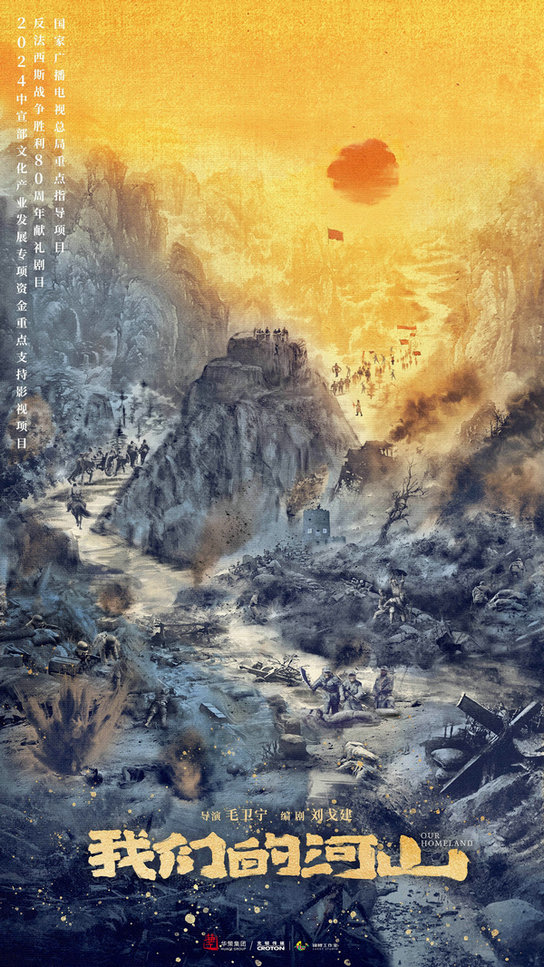
Despite many TV series and movies depicting the Chinese people's relentless fight against Japanese invaders, Our Homeland — a popular TV series that has garnered widespread acclaim — takes a fresh look by revisiting history through the eight-year struggle of a small county to survive and resist, according to critics and insiders at a recent seminar in Beijing.
Latest available statistics show the drama has achieved an average viewership rating of 3.03 percent across its 36 episodes, topping the single-day ratings charts on Hunan Television and Dragon Television multiple times. As one of the most popular television programs about the Chinese People's War of Resistance Against Japanese Aggression (1931-45), it has appeared 120 times on Sina Weibo's trending topic list, amassing 8.81 billion views, according to the producers.
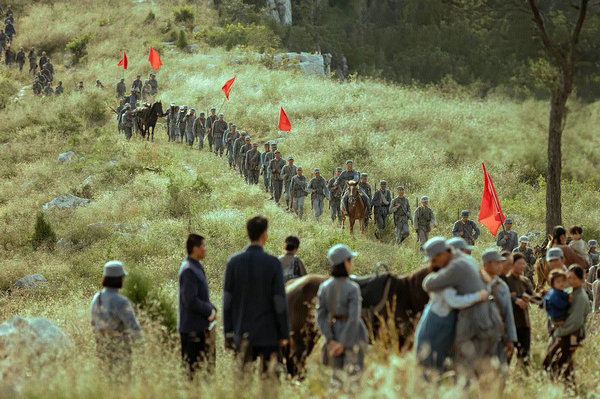
Director Mao Weining revealed that most of the plotlines are inspired by real-life incidents in Shandong province between 1937 and 1945, such as the defense of Yuanziya village, where 147 locals sacrificed their lives to eliminate 121 enemy soldiers on Dec 20, 1941.
Scriptwriter Liu Gejian said the series reflects a pivotal concept in Mao Zedong's military strategy — that "the army and the people form the foundation of victory".
Li Jingsheng, a researcher at the China Radio and Television Art Materials Research Center, commented that the show breaks from conventional war-themed narratives by revisiting wartime history through a rarely examined lens — how the conflict spurred land reforms in areas governed by the Communist Party of China.


